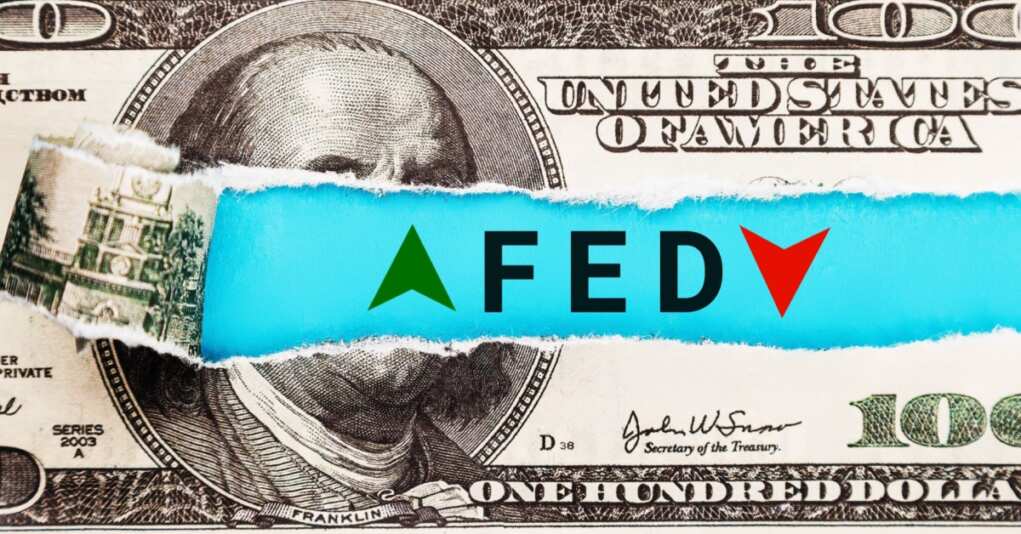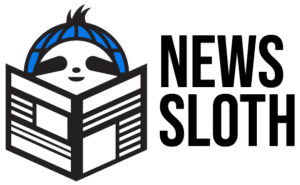Is the Fed Trying to Tank the Economy or Just Really Bad at Their Job?

With inflation cooling off faster than expected, the Federal Reserve’s policy has swung to the more restrictive side, raising concerns that, once again, they’re playing catch-up. The newest jobs report didn’t help; instead, it showed that job growth is slowing down even more than anyone thought it would.
The economy only added 142,000 jobs in August, which isn’t great. And it gets worse: when they updated the job numbers for June and July, it pulled the average for the past three months down to 116,000 jobs—way lower than the 211,000 jobs added before. So far this year, job growth is just 69% of what it was during the same time last year in 2023. Most of these new jobs are in just two areas: government and health services.
There’s a glimmer of good news, though. Housing, which plays a major role in the economy, is still facing shortages. The rise in construction jobs in August, despite these issues, is a small but encouraging sign.
So, what’s behind the hiring slowdown?
Since late 2021, hiring has been slowly decreasing, and now it has come to a complete standstill. The job market isn’t moving much, even though the number of people looking for work has gone up due to more immigration. However, this increase in the labor force might not last much longer.
We have the highest percentage of people in their prime working years with jobs since April 2001. Despite the increase, the number of people employed will continue to decrease unless more young people enter the country.
The U.S. economy is essentially a collection of individuals performing various jobs and the efficiency with which they carry them out. Without a big productivity boost, economic growth is going to keep stalling, just like employment. In Q2, labor productivity was 2.7% higher than the same time last year, but that’s down from 2.9% in Q1
Before the jobs report dropped, the Atlanta Fed’s GDPNow model had Q3 growth pegged at a decent 2.1%. But with growth slowing down, even a small hiccup could tip us into recession territory.
So, can the Fed save the day?
Traders think the Fed will drop interest rates by 1% before the year ends, with a total cut of 2.5% over the next year—because nothing says “we’ve got this under control” like slicing rates in hopes the economy magically fixes itself. It might seem smart to jump on big rate cuts, but a drastic move like that could freak out investors, making them think the Fed knows something we don’t—like, bad things are coming. That kind of “information shock” could tank investment, tighten the job market even more, and make people spend less.
In other words, if the Fed already messed up by not acting sooner, trying to fix it now will be a nightmare.
July’s core Personal Consumption Expenditures (PCE) price index was up 2.6% year over year, but the 6-month annualized rate was 2.5%, and the 3-month rate was a hair under the Fed’s 2% target at 1.7%.
The Consumer Price Index (CPI) report will give us the first look at August’s inflation numbers. Everyone’s expecting a 0.2% monthly bump, which could bring headline inflation down to 2.6% from 2.9% in July. If CPI meets or slightly exceeds expectations, don’t expect investors to throw a party. Recession worries could blow up if we see a sharper slowdown in inflation—or, heaven forbid, prices drop.
We’re still banking on a “soft landing” for the economy, but missing the runway just got a lot more plausible.
